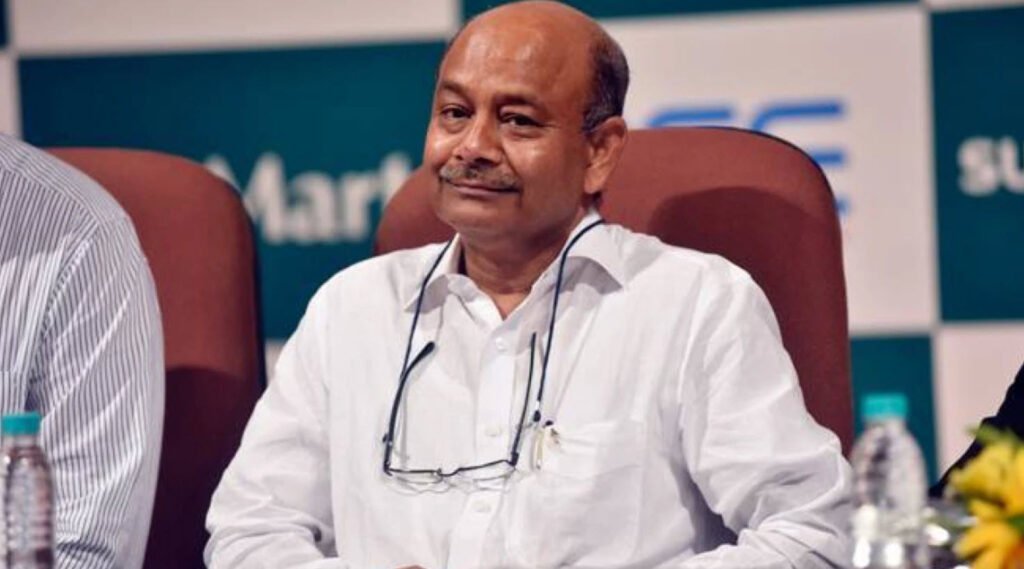
Radhakishan Damani, a name synonymous with astute business acumen and retail prowess, has left an indelible mark on India’s corporate landscape. Born on March 15, 1954, into a modest Marwari family in Mumbai, Damani’s journey from a cramped single-room apartment to becoming a billionaire retail magnate is nothing short of remarkable.
Damani’s early life was characterized by simplicity and determination. Despite hailing from humble beginnings, he pursued commerce at the University of Mumbai. However, his academic journey took an unexpected turn when he dropped out after just one year. His father, a stockbroker, provided the initial impetus for Damani’s foray into the world of finance.
At the age of 32, Radhakishan Damani entered the stock market, armed with a keen eye for opportunities. The tumultuous 1990s, marked by the infamous Harshad Mehta scam, served as the backdrop for Damani’s rise. His mastery of short-selling stocks during this period earned him significant profits and established his reputation as a trading genius.
In 1995, Damani demonstrated unparalleled foresight by becoming the largest individual shareholder of HDFC Bank. Despite skepticism from fellow investors about the banking sector, Damani’s conviction paid off.
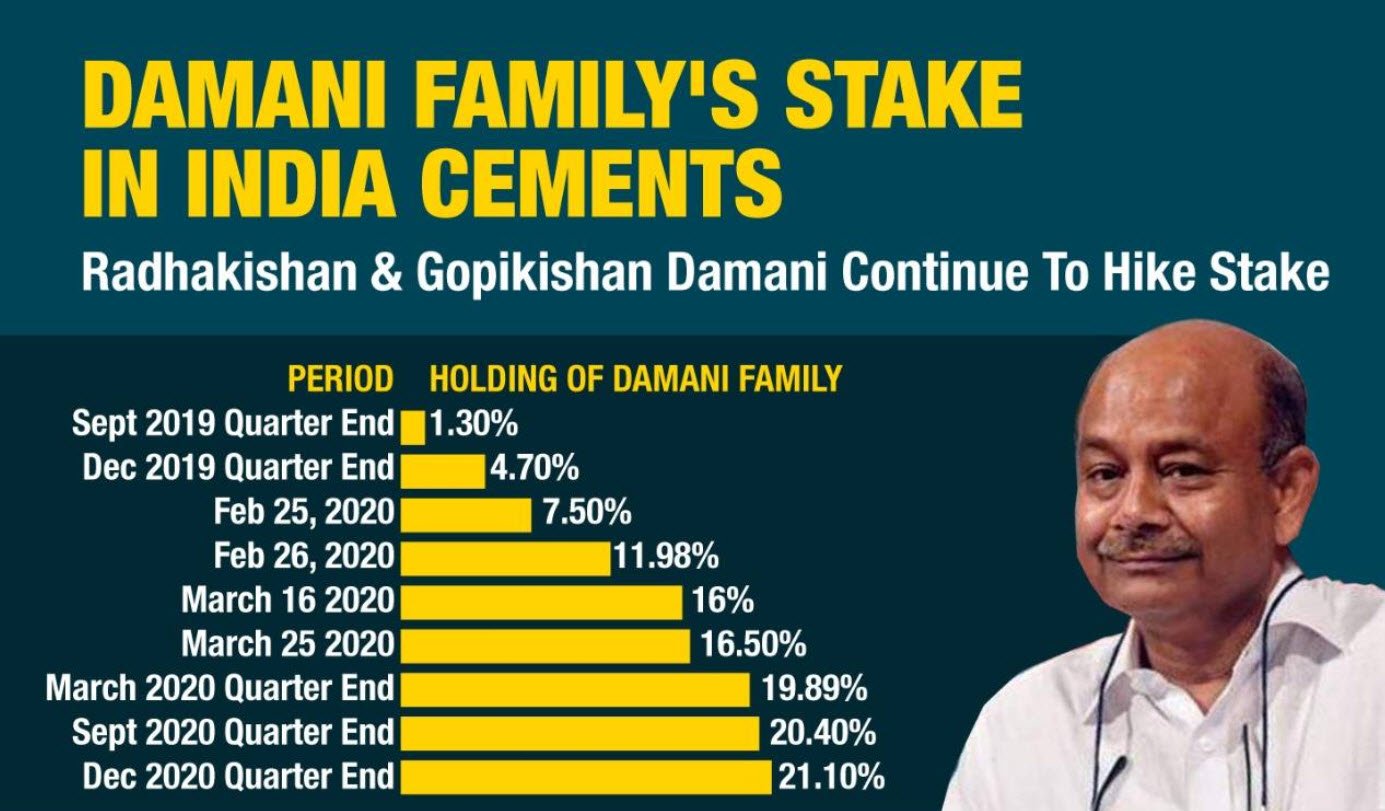
His response to queries about why he chose HDFC over a big PSU bank like SBI became legendary: “Dharavi Dharavi hota hai, aur Pedder Road Pedder Road aage jaake HDFC ka bhaav dekh lena.”
In 2002, Damani embarked on a new venture that would revolutionize India’s retail landscape. He established DMart, starting with a single store in Powai. Unlike traditional retail chains operating on a rental model, DMart adopted a unique approach. It owned every store it operated, minimizing overhead costs and maximizing efficiency.
The DMart Success Formula
DMart’s success can be attributed to several key factors:
- Inventory Management: DMart’s efficient inventory management ensured optimal stock levels, reducing wastage and enhancing profitability.
- Bulk Sourcing: By sourcing directly from manufacturers in bulk, DMart secured competitive prices, passing on the benefits to customers.
- Focused Approach: DMart resisted diversification into non-core areas like fashion and electronics, maintaining a laser focus on quality products.
- High Volume-Low Margin: The company’s strategy centered on high sales volumes with slim profit margins, a formula that resonated with Indian consumers.
In 2017, DMart went public as Avenue Supermarts Ltd, and its IPO was oversubscribed a staggering 104 times. By 2020, Radhakishan Damani’s net worth soared to $16.5 billion, securing his position as the fourth richest Indian. Today, his wealth exceeds $17 billion.
In Summary,
Radhakishan Damani’s journey from a trading prodigy to a retail tycoon exemplifies resilience, vision, and unwavering commitment. His legacy continues to inspire generations of entrepreneurs, proving that with determination and strategic thinking, even humble beginnings can lead to extraordinary success.
You may also like:- 5 NISM Certifications to Boost Your Finance Career
- Overview of the Top 42 AMC Mutual Funds in India
- Top Stocks to Watch in Modi 3.0 Era
- Top Facts about GIFT NIFTY You Need To Know
- Bull Run in Indian Stock Market Post PM Modi’s Election Win
- The $5 Billion Blow – Short Sellers of GameStop and AMC Face Massive Losses
- SEBI Maintains Status Quo on Stock Market Timings
- Apple’s Historic $110 Billion Share Buyback
- Decline in Workforce: A Look at India’s Top 5 IT Firms in FY24
- Tesla Stock Surges Despite Worse Than Expected Earnings



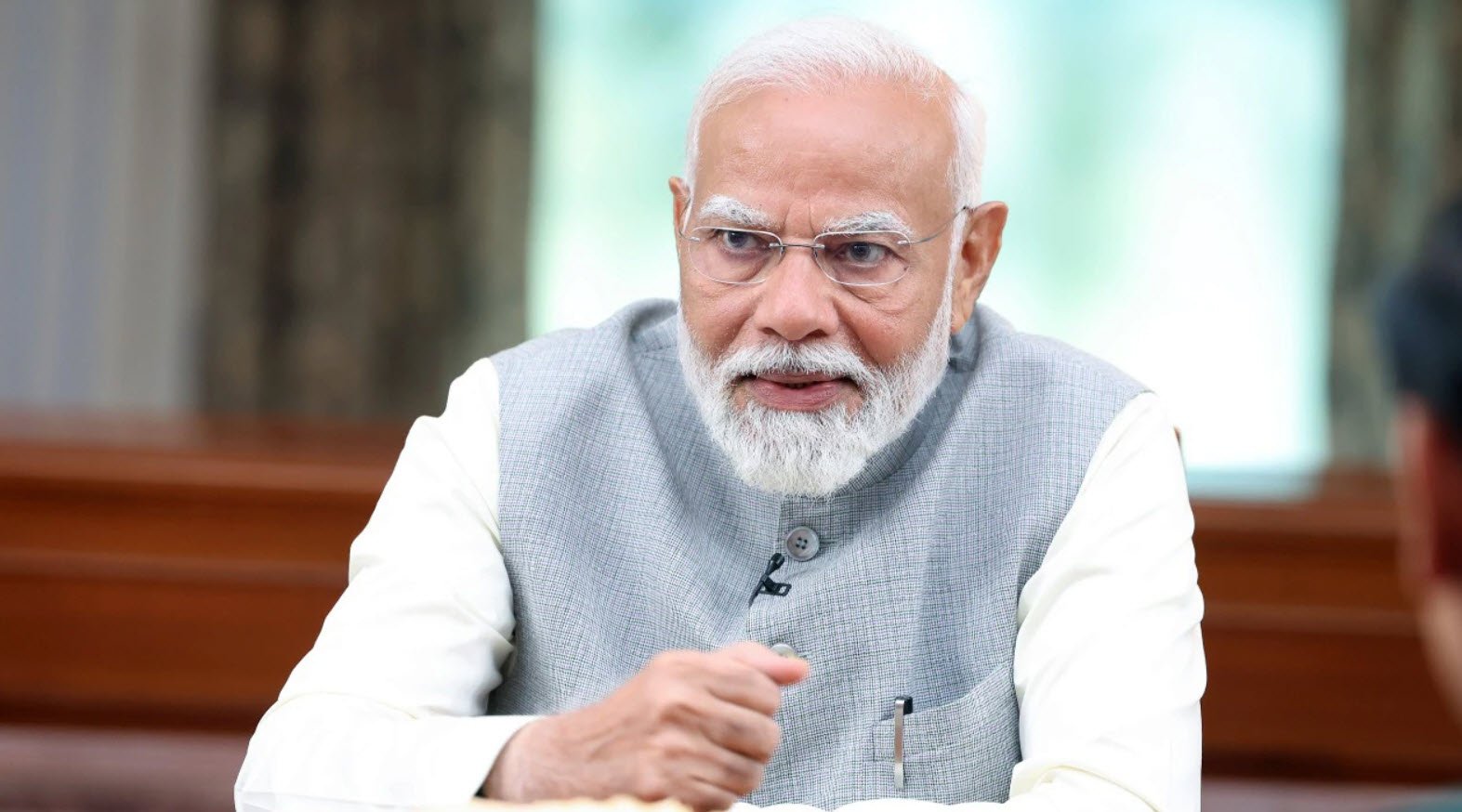
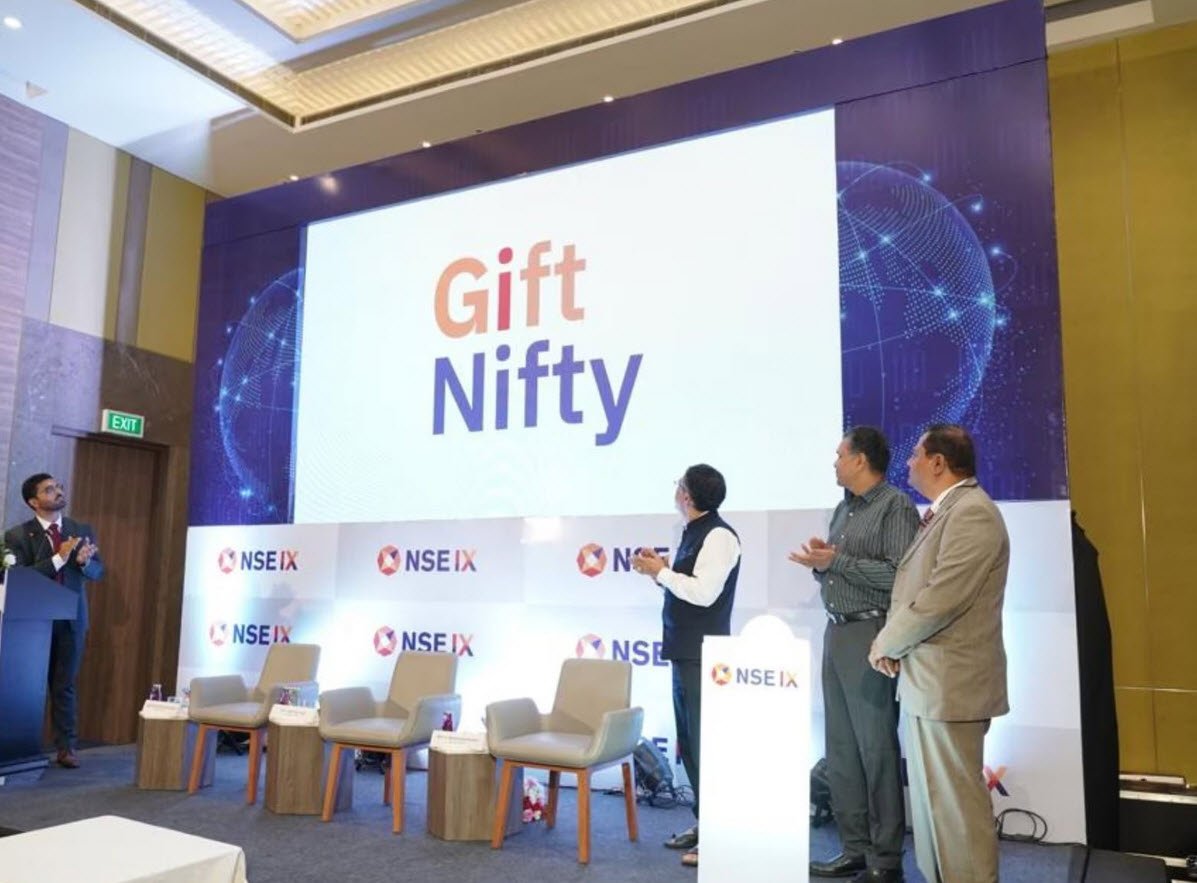


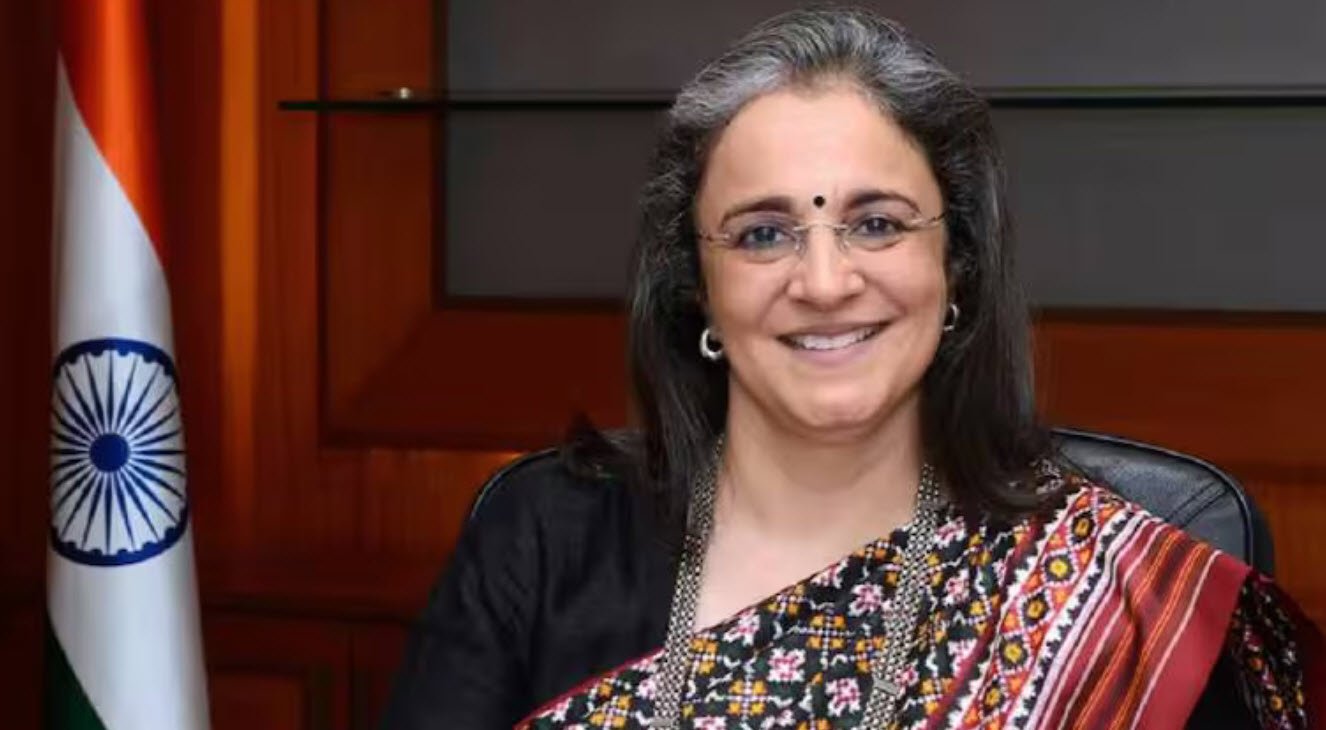

This Post Has One Comment